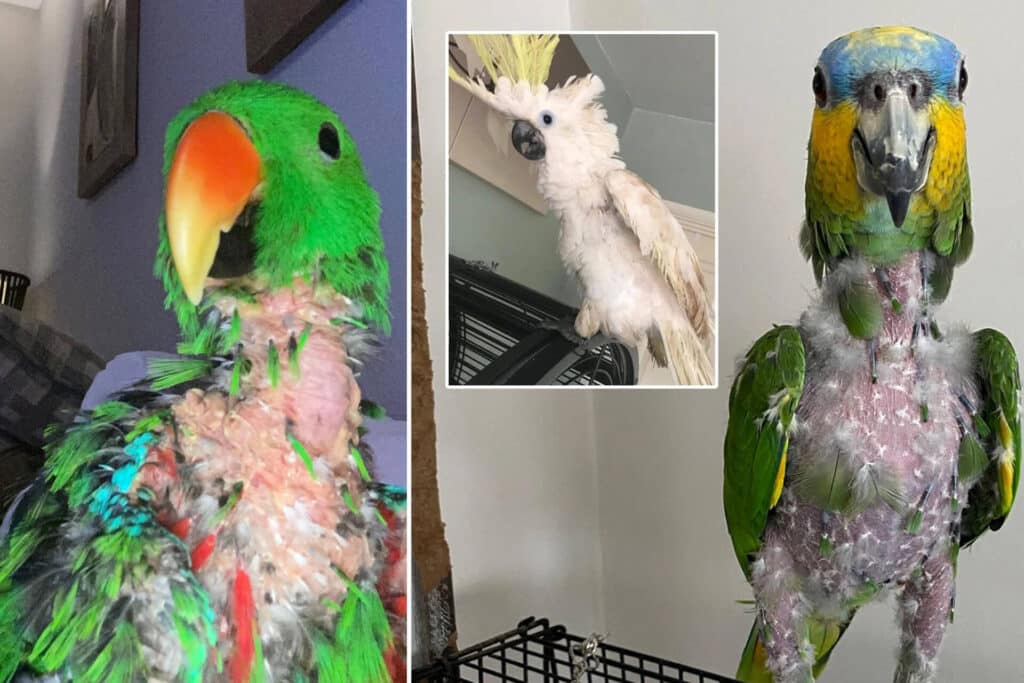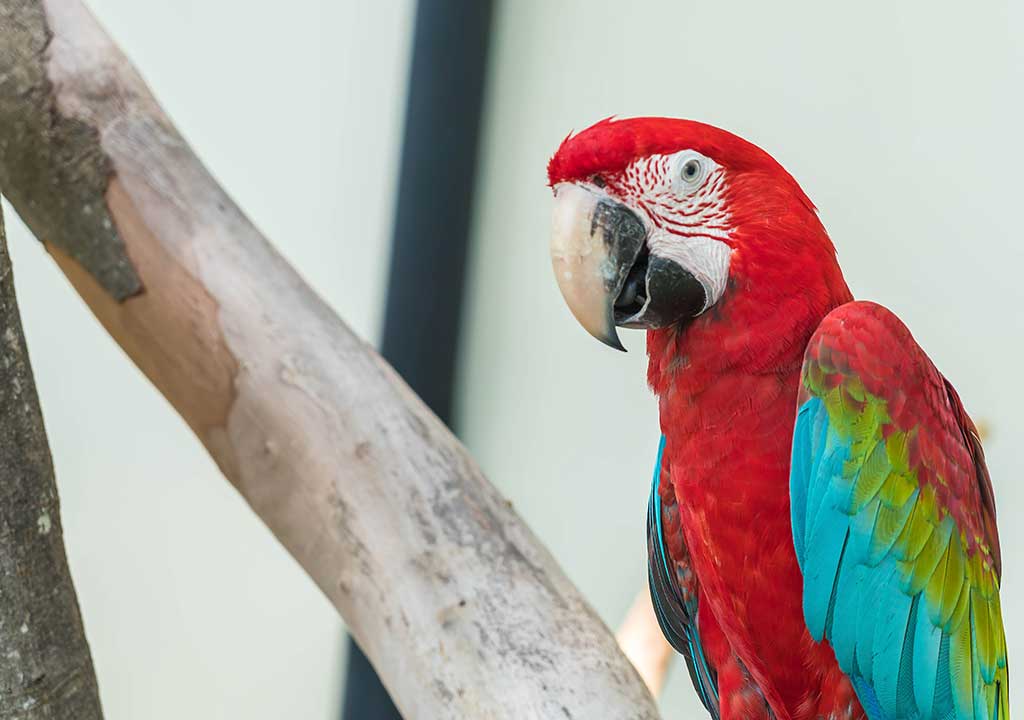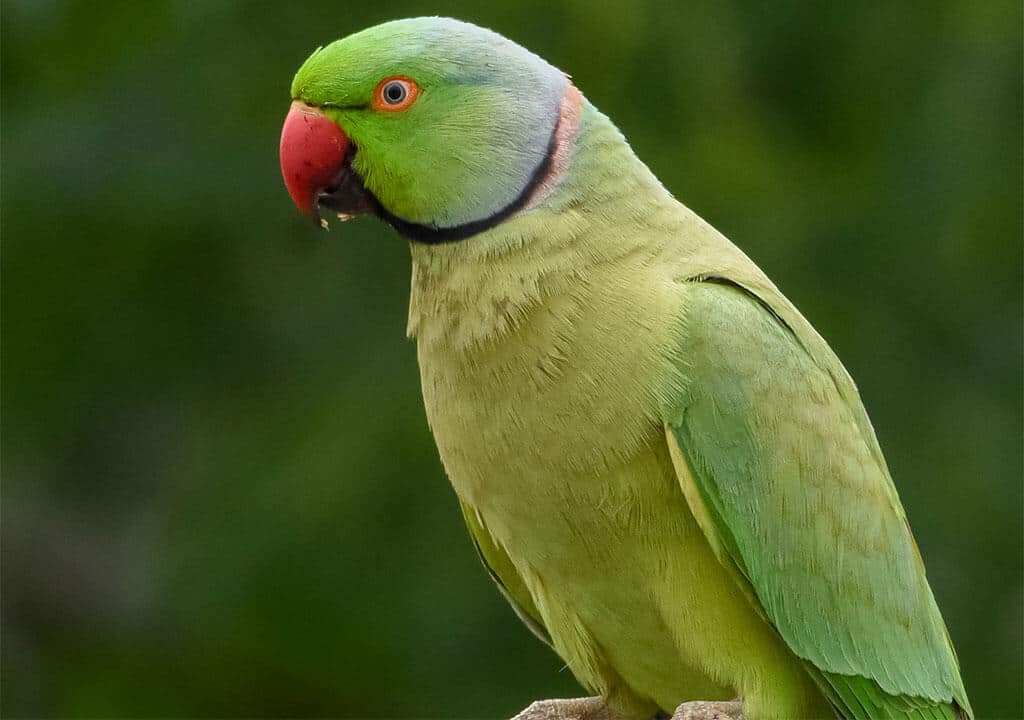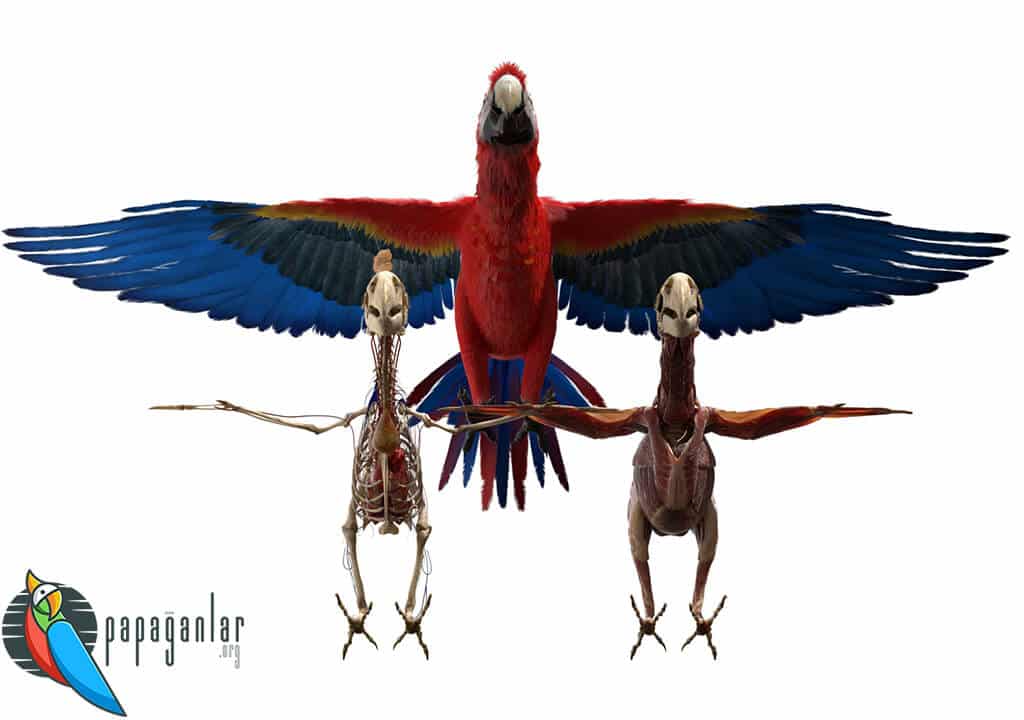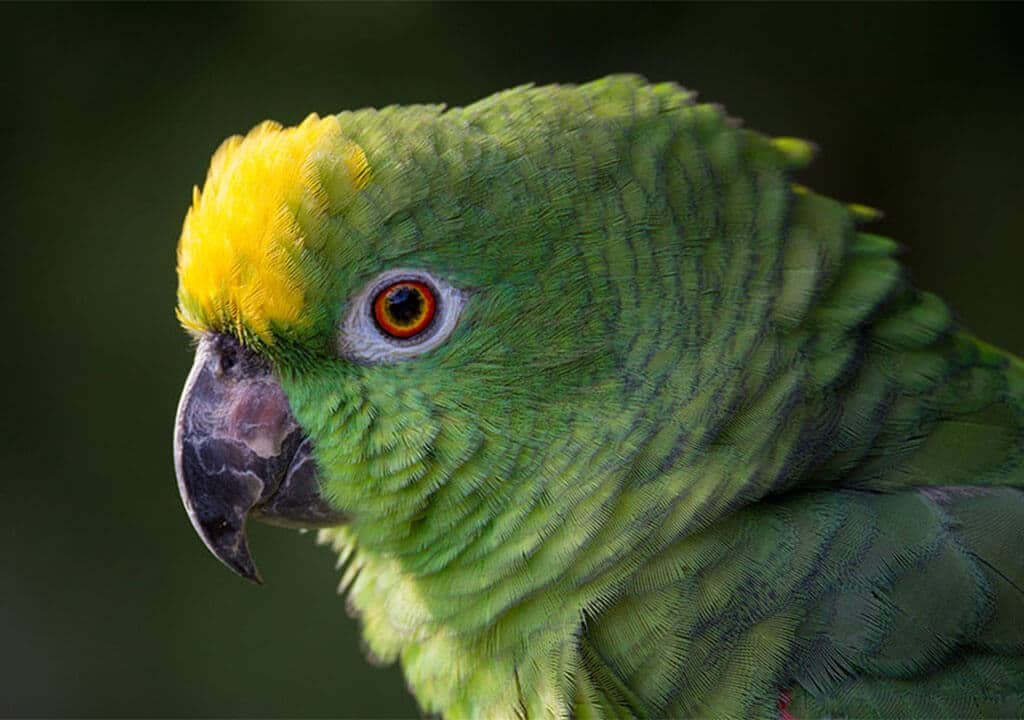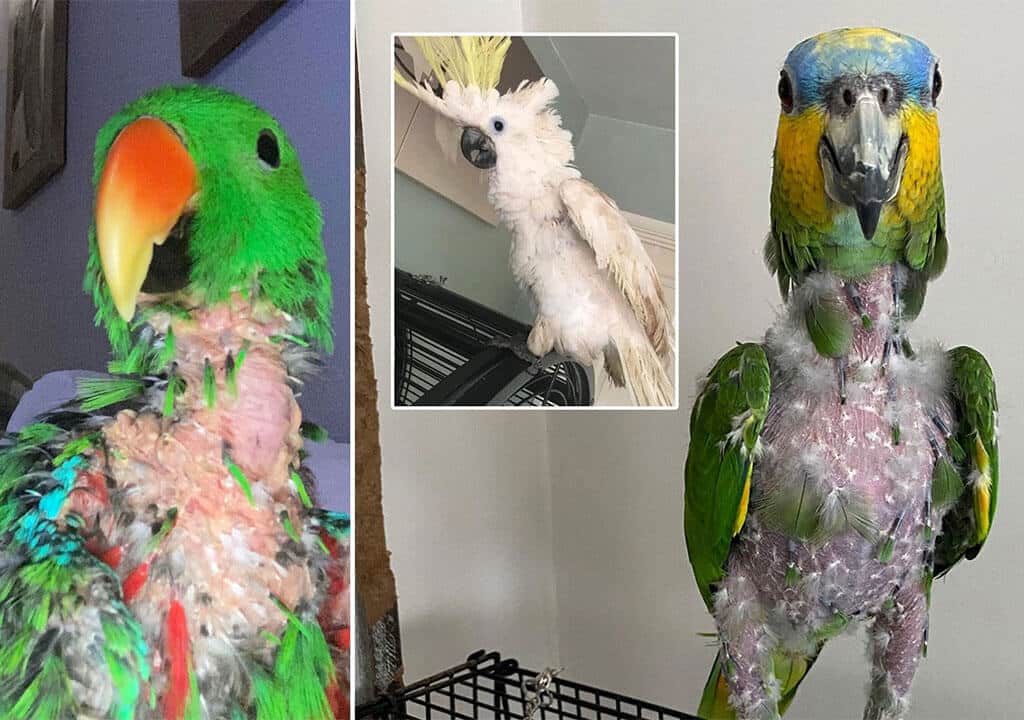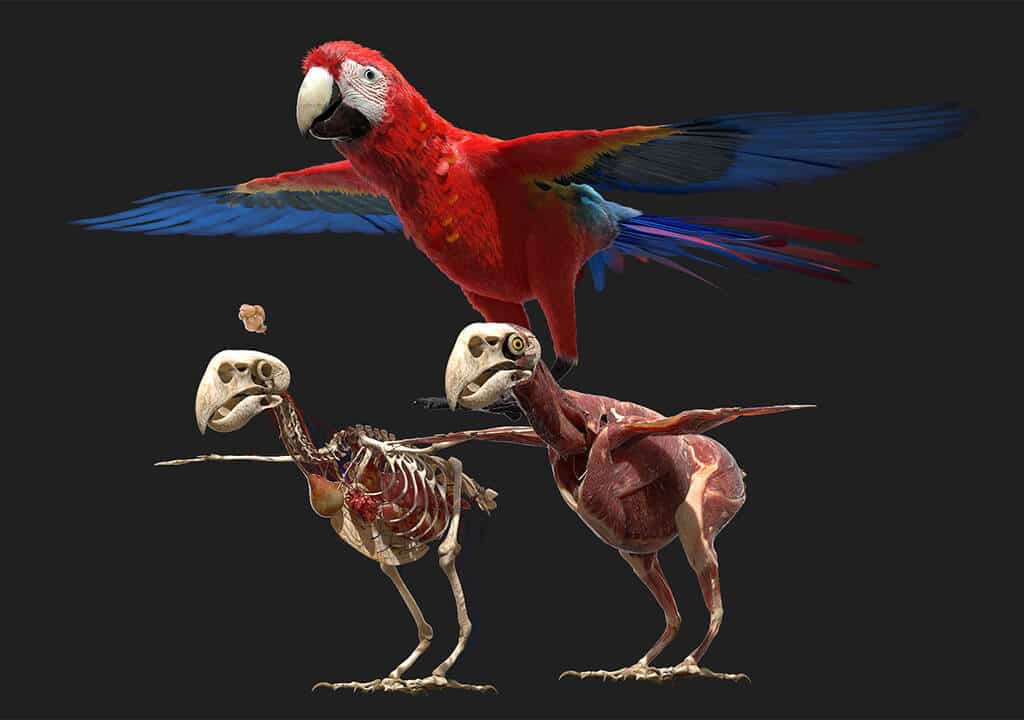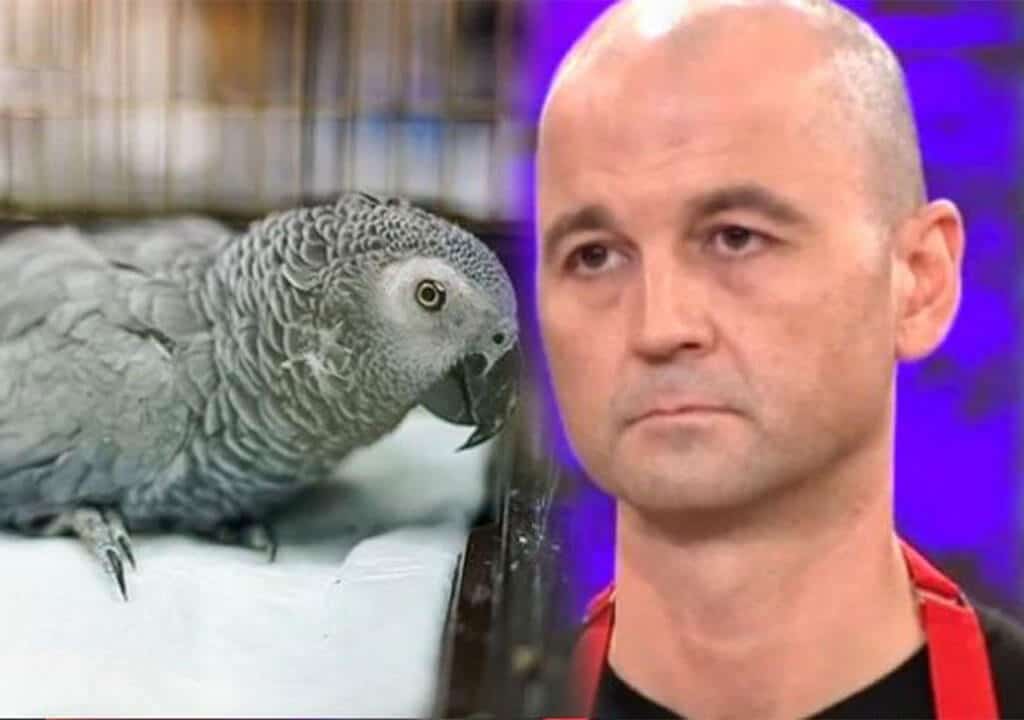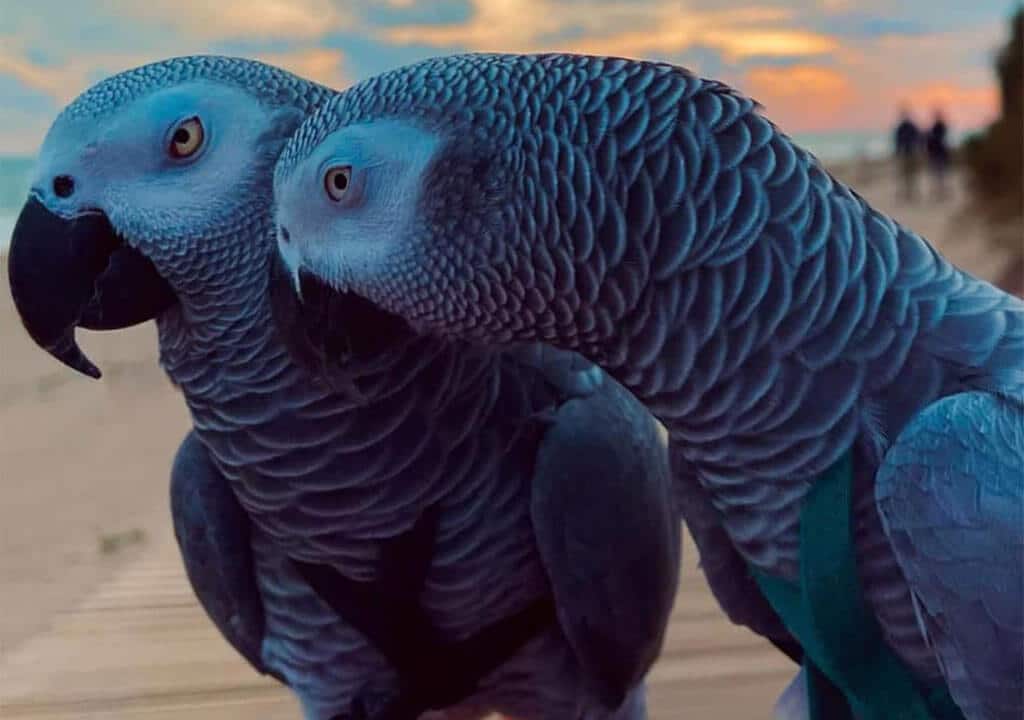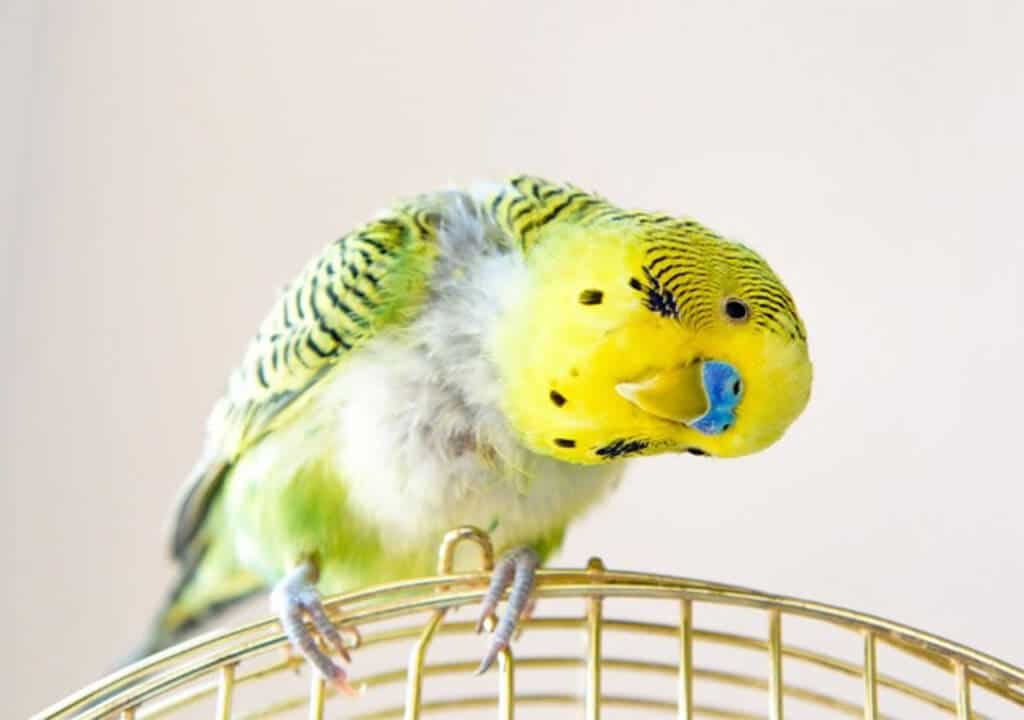Blog
What are the diseases that parrots experience?
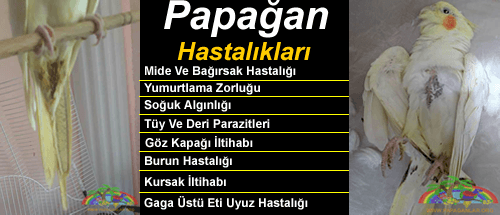
Just as there are health problems that every living thing can experience, birds also suffer from some diseases. Considering that parrots are also from this family, it would be useful to share some detailed information about parrot diseases. The fact that the owners of this bird species sometimes do not have enough information about the parrot disease can cause them not to know what to do. For this reason, it would be good to know some information about how to help little friends at home.
Egg Laying Difficulty in Parrots
It is a situation that can be experienced due to improper feeding and reasons such as colds. When it is difficult to lay eggs, it will be good to warm the bird with warm air where it will not feel uncomfortable. E.g; heating by placing it under a hot lamp. Given that most parrots lay eggs during the winter months, the hatched chicks will need to be kept in a warm environment. Having the nest in a horizontal position will also prevent the mother and father parrot from harming the offspring. Sometimes the female parrot cannot get the egg out of the oviduct. This may be due to hormonal disorders, lubrication and old age, or it may be due to illness. In such cases, it will be useful to keep under constant surveillance and contact the veterinarian.
Feather and Skin Parasites in Parrots
Feather and skin parasites are known as a parrot disease caused by external factors. So, the cleaning of the cage can be with dust or the arrival of a new bird in the cage. In such a situation, the entire cage and the items in the cage should be cleaned with the spray recommended by the veterinarian. In addition, the lice on the bird should definitely be cleaned. In order to do all this carefully, detailed information should be obtained from the veterinarian.
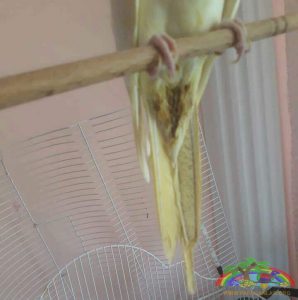
Nose Disease in Parrots
Nose disease is often referred to as mold and fungal disease. Since the nostrils of the birds are the air intake organs, mold and fungus parrot diseases can be encountered frequently. The presence of discharge and swelling in the nose is not only a symptom of this disease, but may also be a sign of a bacterial infection. When it comes to experiencing this situation, the nostrils should be cleaned. The most important factor in the formation of mold fungus disease is vitamin A deficiency. When it is noticed that the parrot is constantly scratching its nose, the nostrils should be cleaned first and if it continues, the veterinarian should be contacted before the diseaseprogresses.
Stomach And Intestinal Disease
The structure of the stool can be a harbinger of different diseases. A yellow stool may indicate a problem with the liver. Undigested food stool will be a harbinger of stomach ailments. When these and similar situations are encountered, the veterinarian should be contacted and the incident should be explained in detail.
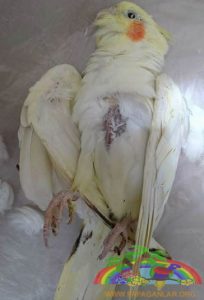
Crop Inflammation
Crop inflammation can often be detected by suffocation, vomiting, or the hairs on the head sticking together. The reason for this is the use of spoiled feed or poor water. It can also be due to vitamin A deficiency and some kidney problems. In this case, it is important to contact the veterinarian as soon as possible and apply the information she will give.
On Beak Meat Scabies
This disease, which can be seen quite often, is a condition caused by mange beetles. These insects, which penetrate the skin on the beak, spread to the edge of the beak, the flesh on the nose and the eyelids. In this case, the only thing to do is to contact the veterinarian.
common cold
Birds in areas with constant temperature changes or strong air circulation experience colds. A cold can be perceived by sneezing, flu and changes in breathing sounds. First of all, the bird should be taken under a hot lamp, and then the veterinarian should be contacted immediately.
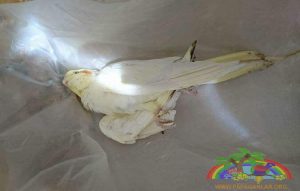
Eyelid Inflammation
It is a disease that occurs if the trees and the air circulation (draft) are not clean. It should not be forgotten that cigarette smoke can also be a factor. It will be necessary to clean the eye by dressing or use an antibiotic ointment. However, first of all, the ointment recommended by the veterinarian should be used.




